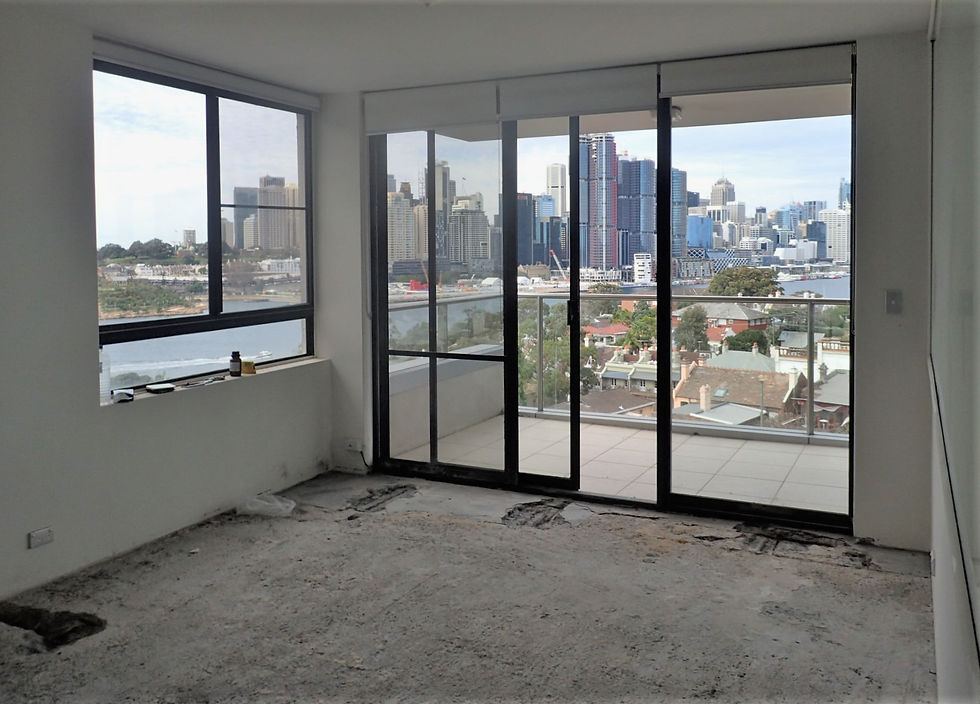Realkalisation Technology used to extend the life of the Old Windsor Bridge Viewing Platform
- Remedial Technology

- Sep 1, 2022
- 2 min read

With the recent opening of the newly constructed Windsor Bridge, the old bridge which spanned the Hawkesbury River was demolished leaving only one span on the Eastern bank of the river. Due to the historic and social significance of the old bridge, one span was retained as a viewing/fishing platform and made accessible to the public.
An investigation into the condition of the bridge revealed that the concrete elements of the old bridge (circa 1931) were affected by concrete carbonation posing a significant risk to the future durability and life of the structure. Due to the local historic significance of the bridge, and the willingness by Transport for NSW (TfNSW) to retain part of the landmark structure, realkalisation treatment was selected for the concrete elements of the remaining span of the bridge.
The process of realkalisation involves the diffusion of Sodium/Potassium carbonate into the concrete causing an increase in pH to approximately 10.5. In addition to this, the hydroxyl ions are generated at the steel which raises the pH and regenerates the passive layer on the reinforcing steel. The objective of the treatment is to provide long-term protection to the embedded steel from the initiation of corrosion.
Duratec Australia was selected by TfNSW as the main contractor for this project. Remedial Technology was commissioned by Duratec Australia to design and provide technical support for the realkalisation process. The contractor, jointly with Remedial Technology performed a trial application to one element of the structure to verify the process before performing the full realkalisation treatment to the viewing platform.
The process of the realkalisation was as follows:
Concrete repair compatible with the realkalisation treatment was performed on all defective areas. In conjunction with repair work, full continuity of the embedded rebar was established by welding continuity bars. Steel connections were then installed to the embedded reinforcing steel (the cathode).
The reservoir for the treatment was a textile cloth incorporating the anode which consisted of steel mesh. One of the critical aspects of the process was to establish full contact between the realkalisation reservoir and the concrete surface.
The temporary power supply units used for the treatment were MicroNex DR 50 Realkalisation units. Two units were used for this project.
During and after the completion of the realkalisation process, concrete cores were extracted, and pH testing was performed on-site and in a NATA registered laboratory to verify the effectiveness of the treatment.
Following the treatment, the realkalisation components were removed, the structure was water blasted, and an anti-carbonation coating was applied to all treated elements to prevent future ingress of carbon dioxide to the embedded steel.
The treatment for the viewing platform has now been completed successfully and the structure will be retained for decades to come, with access to locals and tourists for fishing and views along the beautiful Hawkesbury River.






Comments